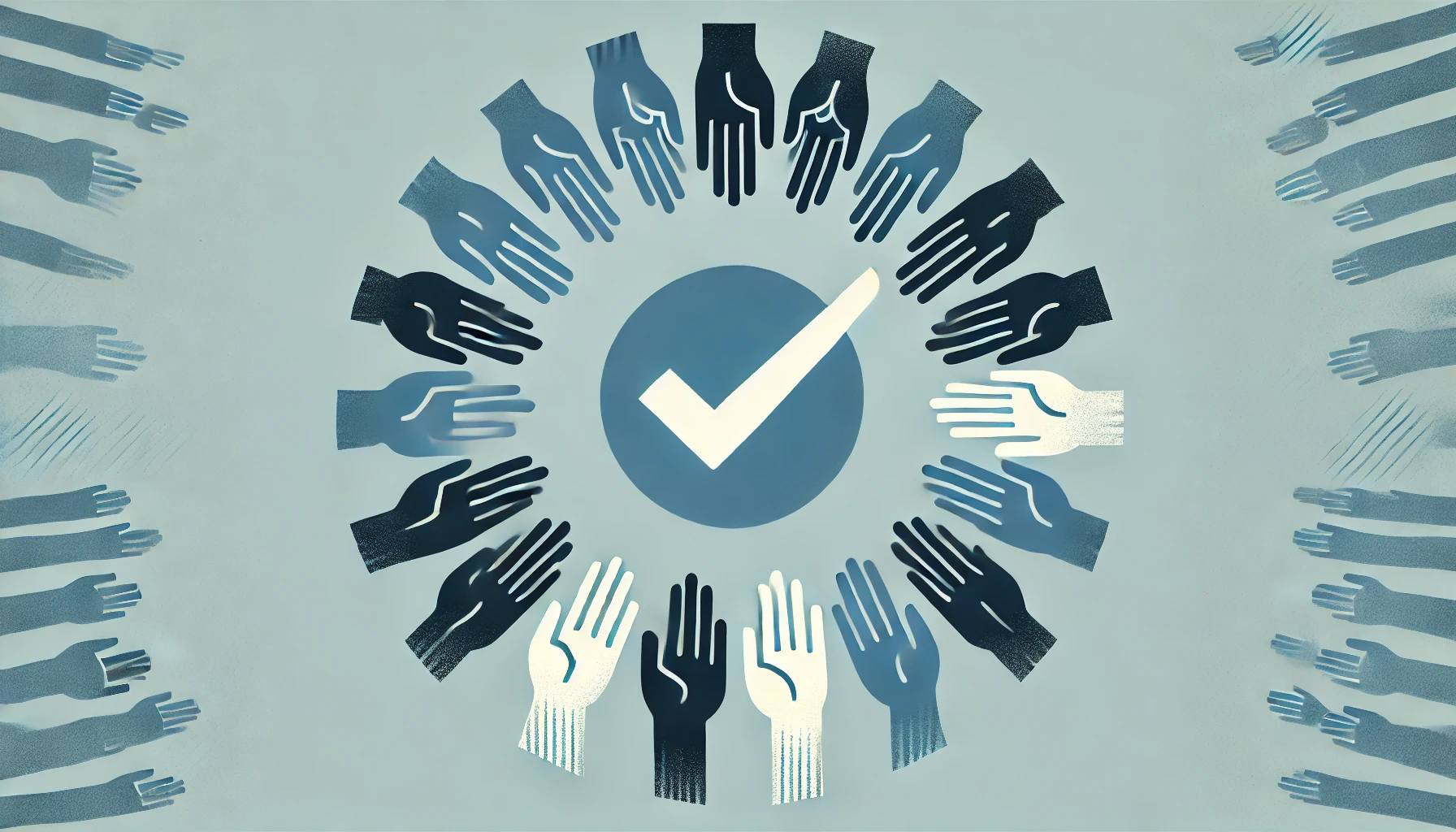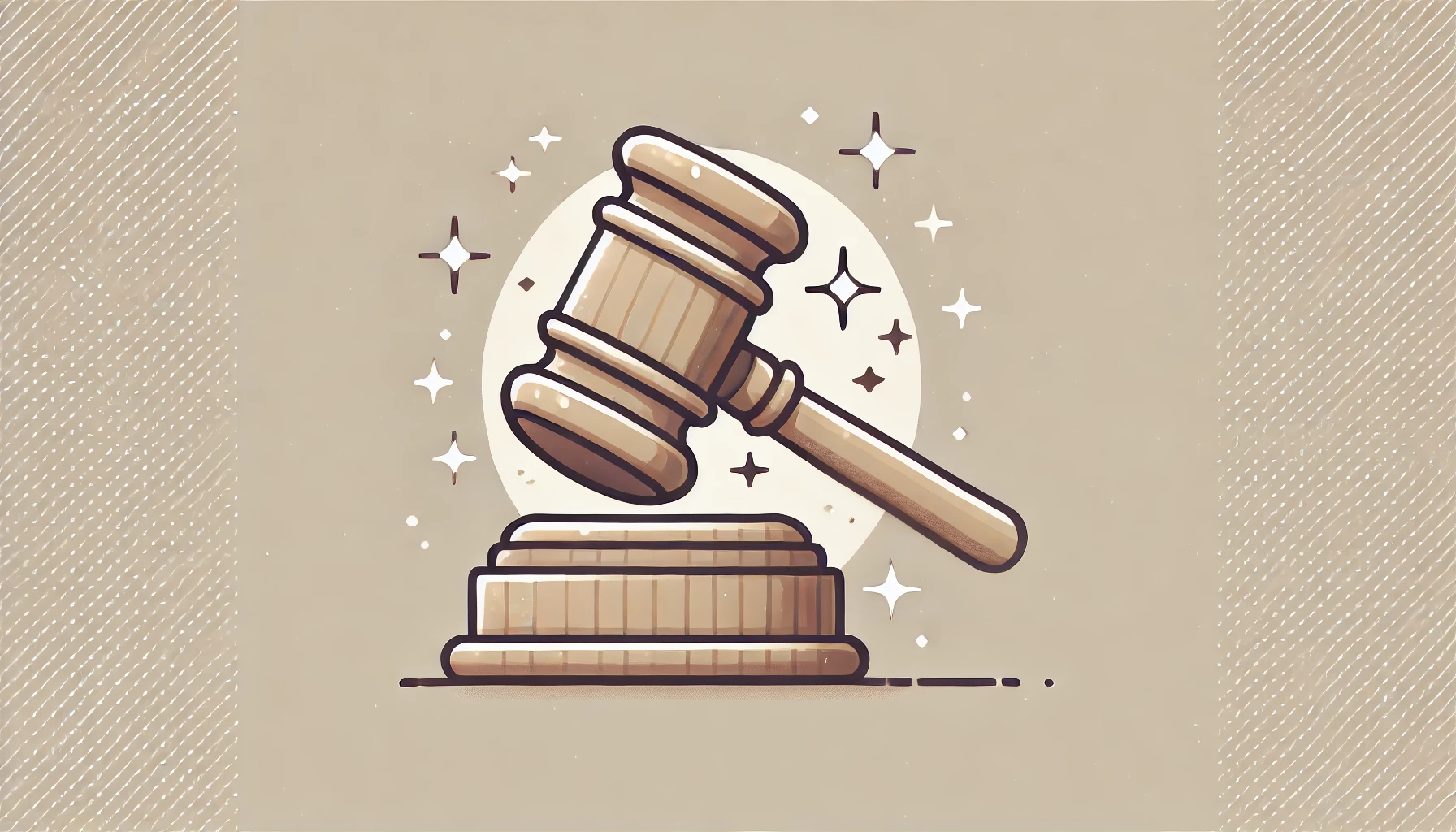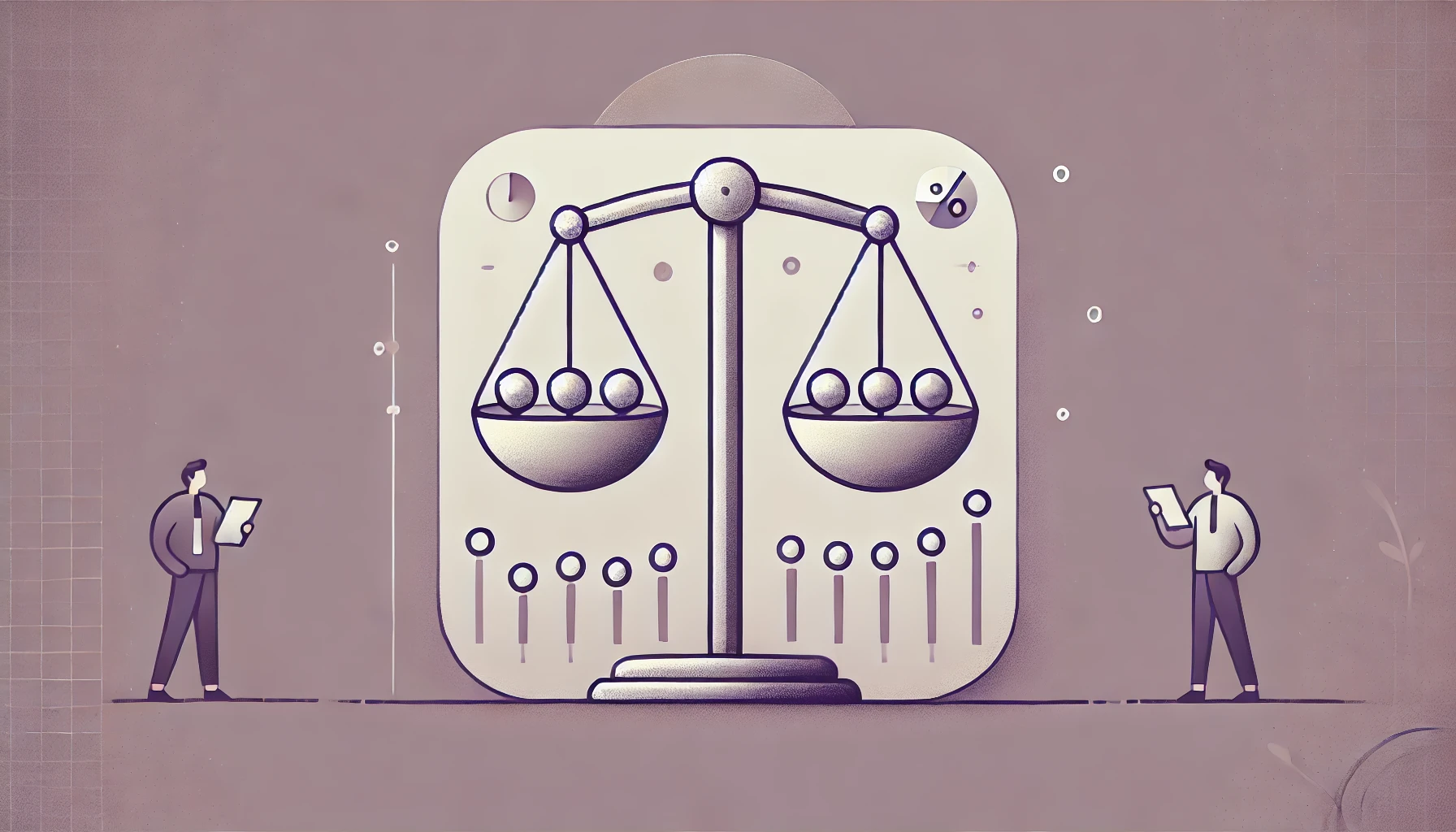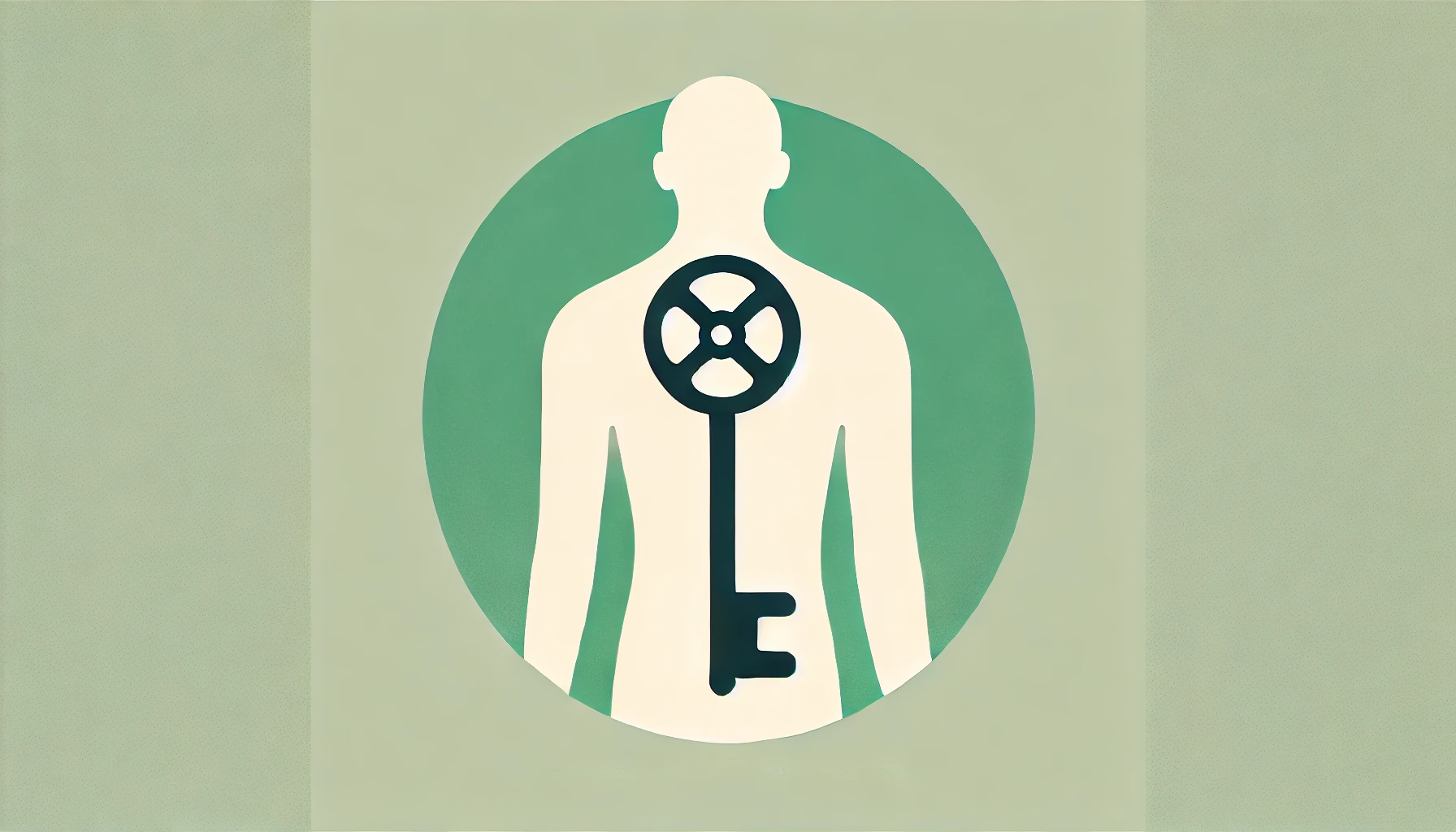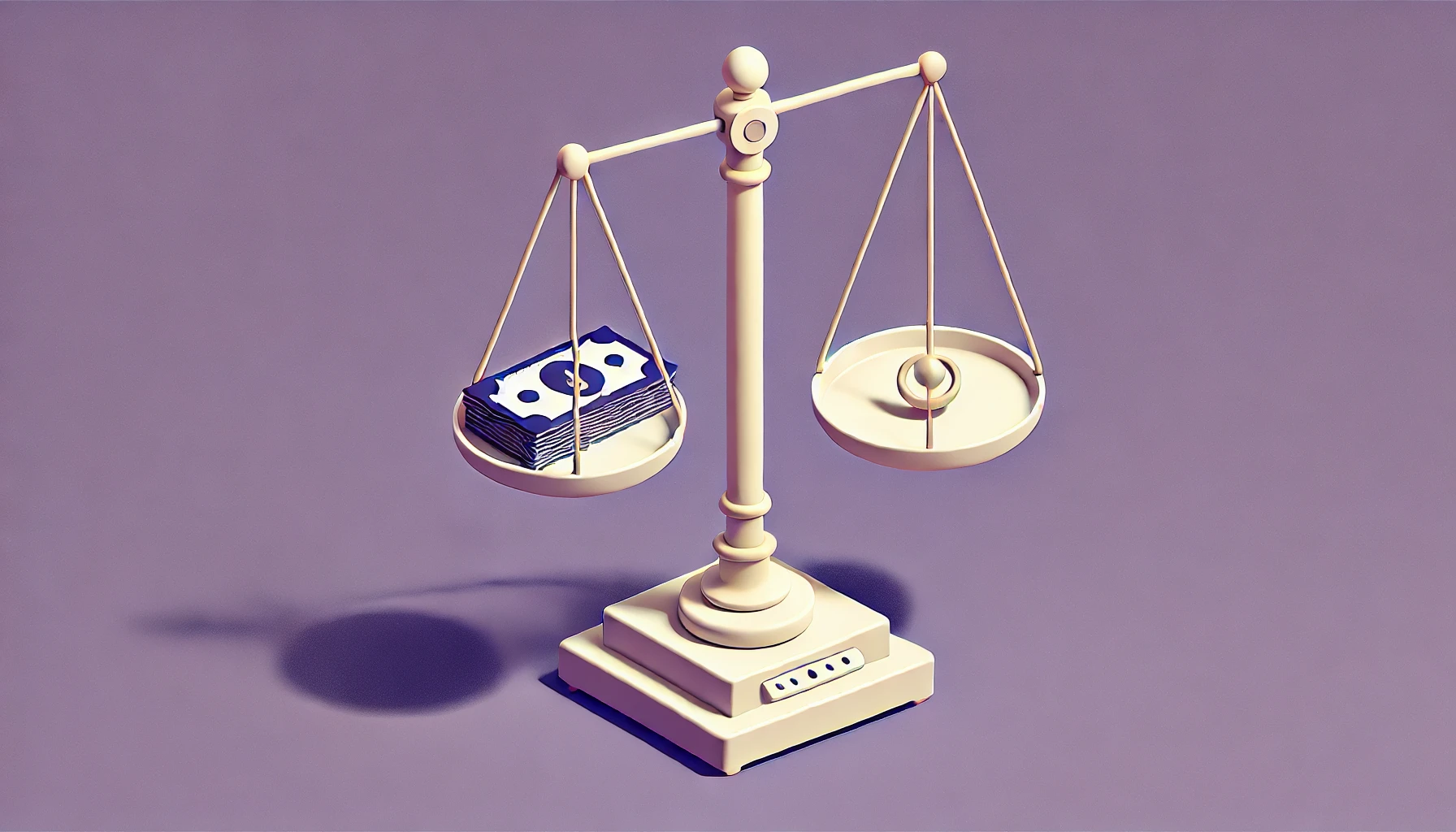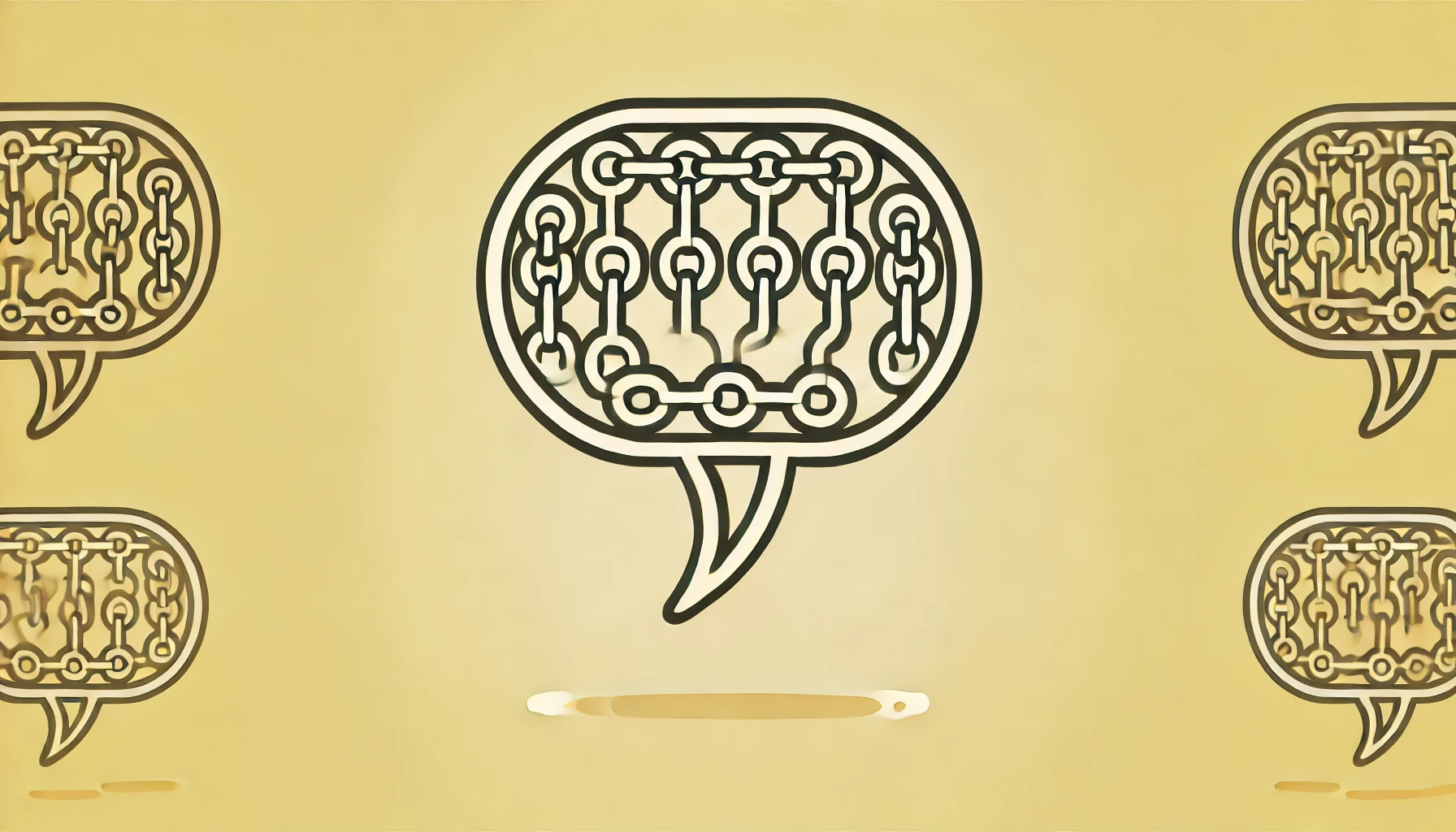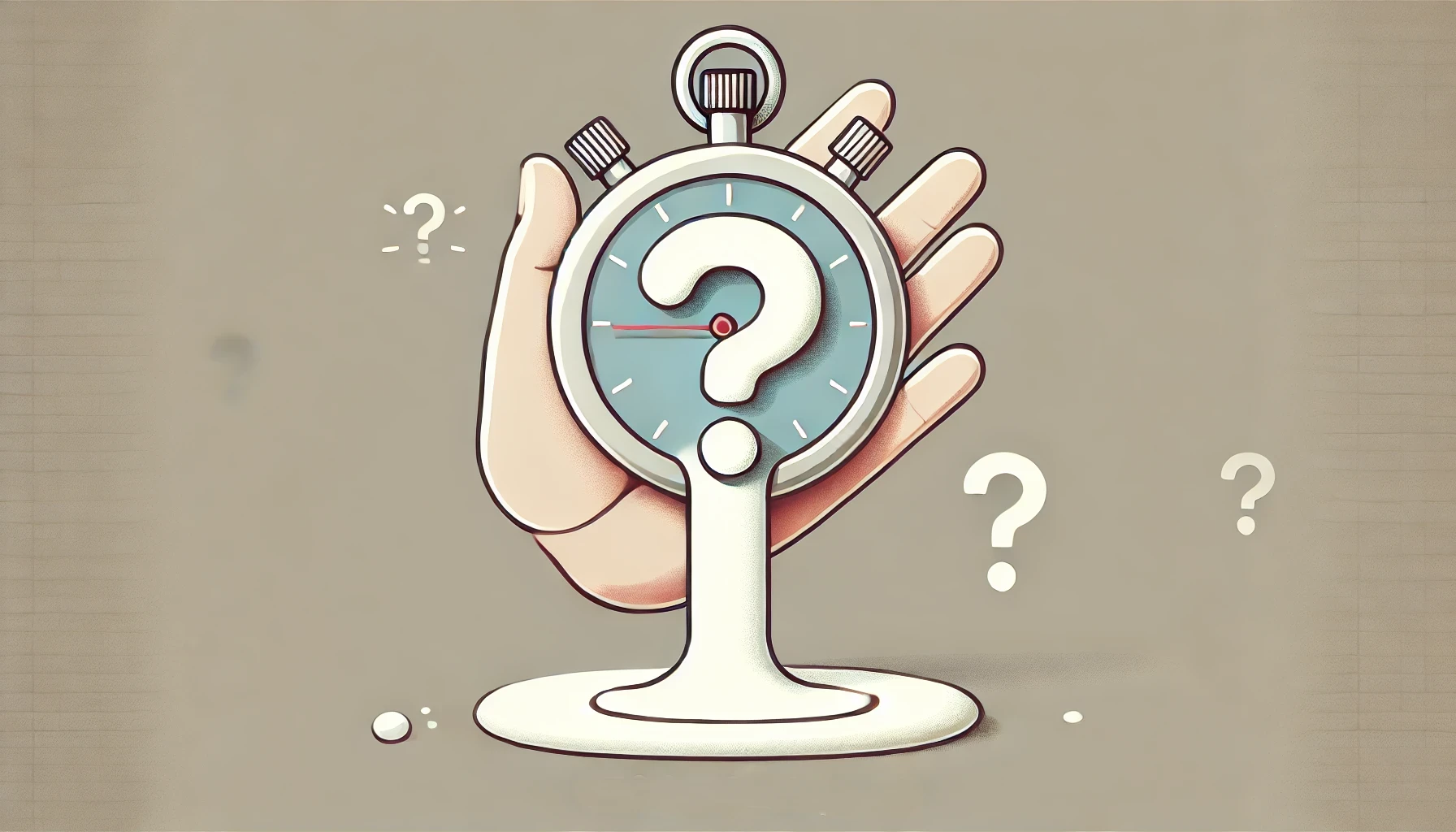Authority has a way of quietly shaping decisions, attitudes, and even values.
Chapter 5 of Influence shows just how deep this impact can go, revealing surprising insights into why people respond so powerfully to expertise, status symbols, uniforms, and titles. Those discoveries are sure to linger in the mind long after turning the final page.

The Bankers’ Donation Study: A Multi-Layered Exploration
The chapter opens with a remarkable study involving high-income banking professionals and a request for a day’s salary donation.
This experiment stands out because it systematically examines different persuasive techniques—from plain requests to celebrity endorsements, from reciprocity to top-down authority.
Each method nudges compliance rates upward in incremental yet meaningful steps. At the very start, a control group sees only a 5% donation rate, highlighting that persuading busy professionals to part with a day’s earnings is no small feat.
First comes the celebrity endorsement strategy, nudging responses to 7%. Celebrity status can gather attention, but it doesn’t skyrocket compliance.
Next, the reciprocity approach offers a small gift—like sweets—so the bankers feel a subtle obligation to return the favor. That gesture lifts the response to 11%, more than double the original 5%.
Then comes the highlight of this study: a letter from the CEO. This form of authority (positional authority from being “the boss”) yields a 12% compliance rate. Expert authority—where the sender is recognized for unique expertise—can amplify that effect.
The final twist is combining reciprocity and authority in one letter, which raises results to an impressive 17%. This progression confirms how different influence principles can work together to deliver a significantly greater response than any technique could achieve alone.
The Milgram Experiment: Unpacking the Lessons
In the mid-20th century, Stanley Milgram sought to understand how everyday individuals could carry out harmful commands under the influence of an authority figure.
The experimental setup was deceptively simple: volunteers believed they were assisting in a “study of memory,” administering shocks of increasing intensity whenever the “learner” provided incorrect answers.
While the learner was actually an actor, the participants had no clue.
The most stunning revelation was that 65% of participants continued to the maximum shock level, even as they visibly squirmed with guilt.
The distress ran deep—many would protest, sweat, or tremble—but carried on when the lab-coated researcher insisted. This was a harrowing illustration of how the power of authority can override personal morality.
The study’s variations offered further illumination: if the researcher left the room or if two experimenters disagreed, compliance plummeted.
Similarly, if a peer (rather than an authority figure) gave the orders, nearly everyone refused. These findings underline the extraordinary influence that perceived legitimacy, uniforms, and confident commands can have over ordinary, well-intentioned individuals.

Psychological Mechanisms in Focus
Gradual Progression: One reason so many complied was the step-by-step ramp-up of shock levels. Because each additional increase appeared only slightly more intense than the last, participants found it easier to continue than to stop abruptly.
Shifted Responsibility: When participants believed the authority figure bore full responsibility, they relinquished personal accountability. It’s more comfortable to press a button under orders than to feel wholly responsible for the outcome.
Authority Presence: The physical proximity of the researcher in a professional lab coat, along with the academic setting, created an unspoken chain of command. This contributed to participants’ reluctance to defy instructions, even when those instructions felt morally troubling.
Medical Authority: Examining Obedience in Healthcare
Chapter 5 dives deeper into real-world scenarios where authority can hijack better judgment. The hospital environment, in particular, presents a vivid example.
Hierarchies are firmly established: physicians, nurses, and support staff each have distinct roles and strict protocols. Yet this structure can create blind spots, where following orders becomes more habitual than questioning potential errors.
In the now-famous “Astrogen Study,” nurses received a phone order from an unknown doctor, instructing them to administer a dangerously high dose of a medication not listed in hospital records.
Despite multiple policy violations, 95% of the nurses prepared to comply until the experiment was revealed.
This chilling outcome reminds healthcare teams of the importance of checks and balances.
Minor details—like receiving orders over the phone, or from an unfamiliar name—may signal a larger problem that deserves immediate attention. Instead, the nurses responded to perceived authority so automatically that safer judgment took a backseat.

Implications for Healthcare
Mistakes in medication and procedure are alarmingly common. In a high-stakes setting, deference to authority can literally be a life-and-death matter.
The chapter highlights that without a culture of open dialogue, even seasoned professionals might skip essential checks out of an ingrained respect for status.
Many modern clinics and hospitals now incorporate structured “time-outs” or verification processes before critical steps—attempting to combat the possibility of unsafe obedience.
These measures encourage the entire team, from senior doctors to junior nurses, to voice concerns when something appears off.
Security and Authority Symbols: The Bank Security Study
Authority extends beyond human behavior into the realm of system vulnerabilities.
One scenario in Chapter 5 involves a hacking team bypassing robust digital defenses simply by mimicking authority. Armed with uniforms, official-looking badges, and a practiced professional demeanor, these individuals exploited trust rather than brute-forcing passwords.
Almost everything hinged on appearances. Observers assumed that anyone wearing a certain uniform or flashing authentic-sounding credentials must be who they claimed to be.
The success rate—a staggering 96%—reveals the pervasive effect of authority cues. When faced with convincing symbols, employees who might normally be cautious about cybersecurity gave hackers free rein.

Clothing and Status: Quick Ways to Command Respect
In another strand of Chapter 5, experiments highlight how the mere suggestion of authority via clothing can dramatically increase compliance.
A study by Leonard Bickman had researchers dressed in security guard uniforms give odd requests, such as directing strangers to pick up trash. Surprisingly, individuals rarely hesitated to obey.
Similarly, in a jaywalking test, an actor in a sharp business suit inspired 3.5 times more followers than someone in casual attire.
These findings illustrate that even the most mundane situations can turn on a simple question: “Does this person look like an authority figure?”
Titles: Hard to Earn, Easy to Fake
Professional designations like “Doctor” or “Professor” command instant respect. Chapter 5 cites a study in which the same individual was introduced with different academic statuses.
Observers consistently guessed that the highest-status introduction belonged to someone physically taller—on average, attributing an extra 2.5 inches compared to when the person was introduced as a “student.”
One reason is that titles can be difficult to attain legitimately, involving years of advanced study.
Yet, the risk is that they are easy to fake. A crisp business card and a confident demeanor may be enough to mislead unsuspecting audiences. This tension underscores the need to look beyond labels and investigate actual expertise before following someone’s direction.
Society’s Structures: Historical and Religious Roots of Obedience
Why is society so inclined to trust authority? Chapter 5 moves into the cultural and historical underpinnings. Religious texts often exalt figures who show unwavering obedience, reinforcing a deep-rooted norm of following hierarchical cues.
Educational systems, too, drill children early on to listen to the teacher, accept rules, and respect titles.
By the time individuals enter adulthood—whether in government, corporate, or community settings—the habit of compliance with recognized authority is firmly entrenched.
While this arrangement can maintain order and efficiency, it also harbors the risk of unquestioning obedience.

Protective Measures: Balancing Respect and Skepticism
Chapter 5 warns that blindly following authority can have damaging consequences.
The authors recommend cultivating an environment where questions are not only tolerated but encouraged. This applies in everyday scenarios, from politely verifying a uniformed person’s credentials to asking a physician pointed questions about a new medication.
In business settings, platforms like Teamly software can help teams establish efficient hierarchies without sacrificing open communication.
A respectful structure that values expertise while encouraging feedback can deter the dark side of authority in the workplace.
Of course, none of these recommendations suggest disrespect for authority. Rather, they promote a healthier balance: hold legitimate expertise in high regard, but stay alert to the human habit of following instructions on autopilot.
Trust, Titles, and Transparency: Additional Insights
Woven into the chapter are stories of how some leaders leverage transparency to enhance trust.
By quickly owning up to missteps, they create a credible voice that resonates more strongly than the seemingly perfect figure who never admits a flaw. Warren Buffett famously employs this tactic in his shareholder letters, discussing investments that have gone awry before highlighting successes.
Similarly, certain restaurant servers use a blend of authority and trustworthiness by discouraging diners from ordering the priciest dishes, momentarily sacrificing a bigger check to establish genuine rapport.
That sense of authenticity leads to higher overall sales and a surge in tips. The lesson: strategic honesty builds a robust form of authority.
Online Reviews and Verification
The text delves into the psychology of online ratings, where total perfection can oddly look suspicious.
Research suggests that a review score ranging from 4.2 to 4.7 out of 5 garners the best consumer response. Moderate imperfections signal authenticity and assure prospective buyers they’re reading genuine evaluations.
Verification badges—like “verified buyer” labels—also boost the persuasive power of reviews.
These signals cut through skepticism, indicating real-world use. This phenomenon parallels the offline world: a uniform or a title indicates a legitimate authority; a verified purchase badge indicates a genuine experience.
Real-World Applications and Takeaways
Chapter 5 of Influence leaves little doubt about the potency of authority. It compels readers to spot the subtle cues—uniforms, titles, degrees, or professional attire—lurking in everyday contexts.
Recognizing that people can be overly compliant when faced with such signals is crucial for both personal decision-making and organizational strategy.
While the risks of unchecked obedience are clear, it’s also fair to remember that authority can be a stabilizing force.
Doctors save lives, business leaders offer direction, and professionals in uniform keep the peace. The key is to bridge respect for expertise with a mindful approach that asks, “Is this order, request, or claim truly sound?”
This chapter provides a wealth of stories and data that challenge readers to think about how they respond to authority figures. It’s not about dismissing authority but rather engaging with it thoughtfully.
By combining heightened awareness with a willingness to verify credentials and question questionable orders, people can make more confident choices.
Get a copy of the book here















